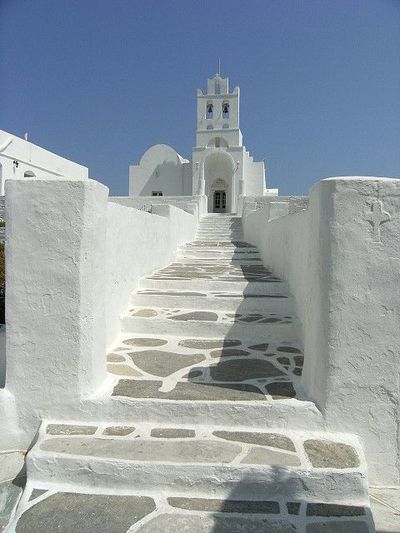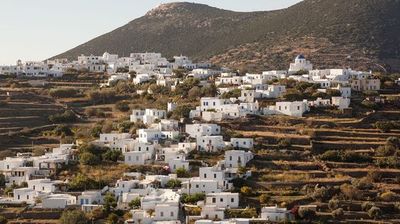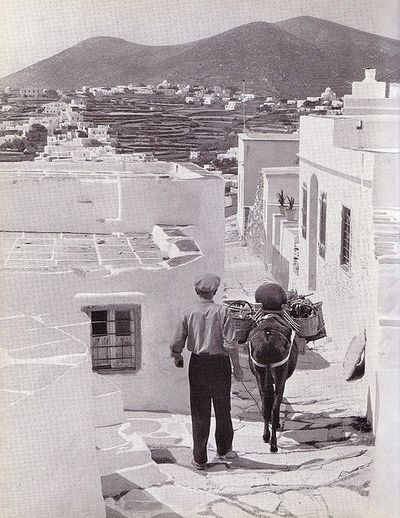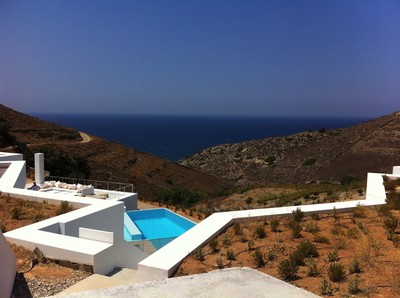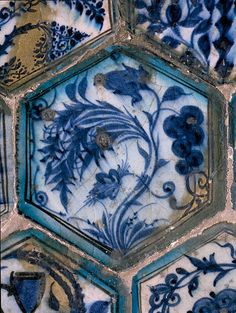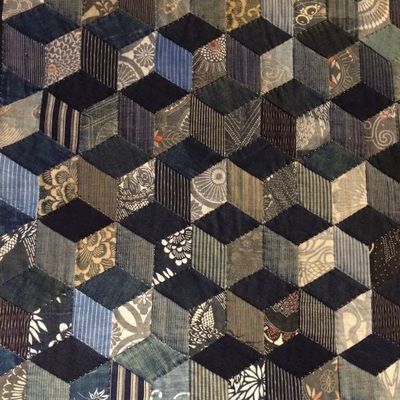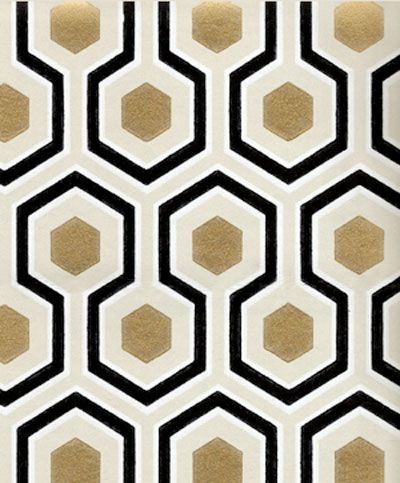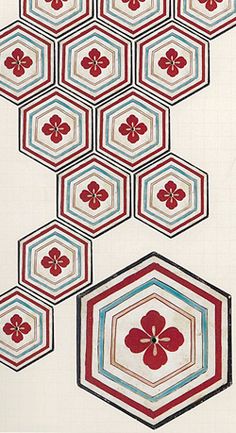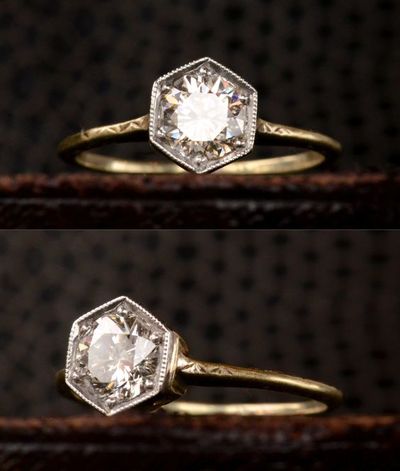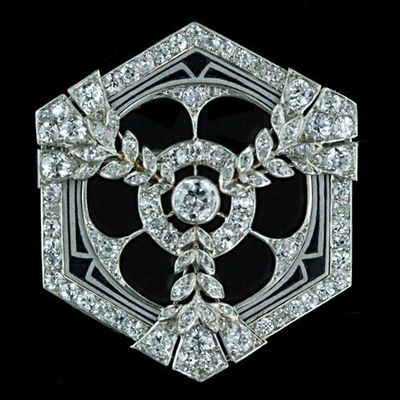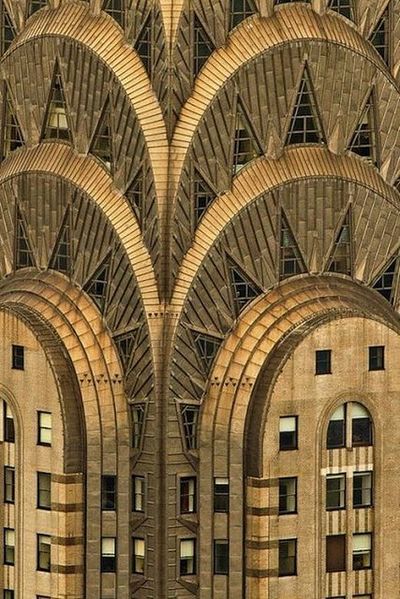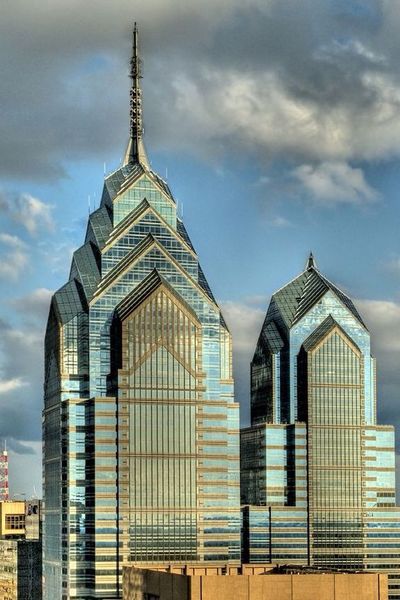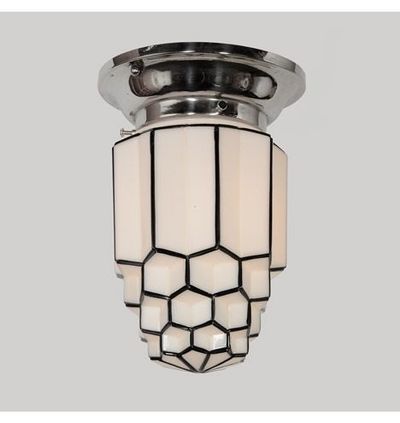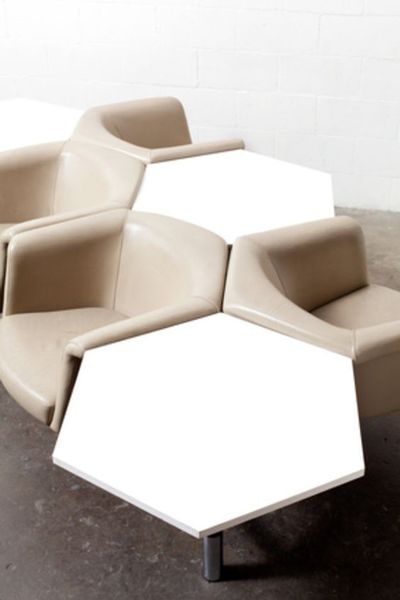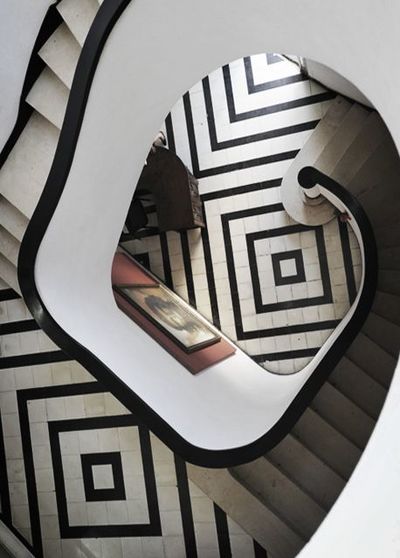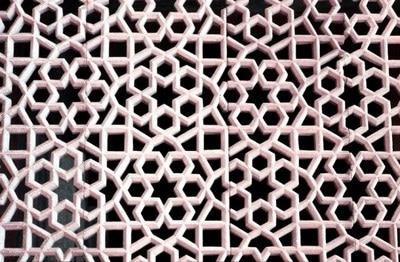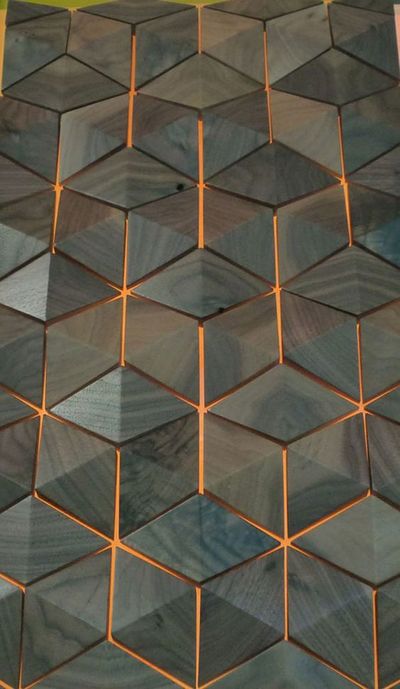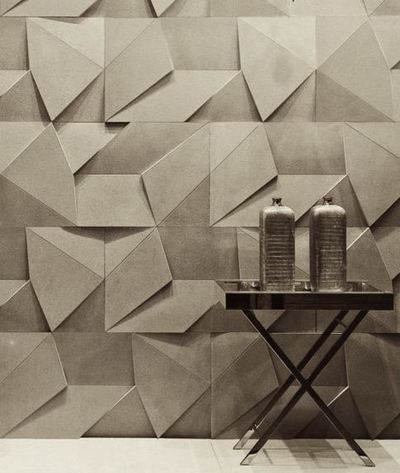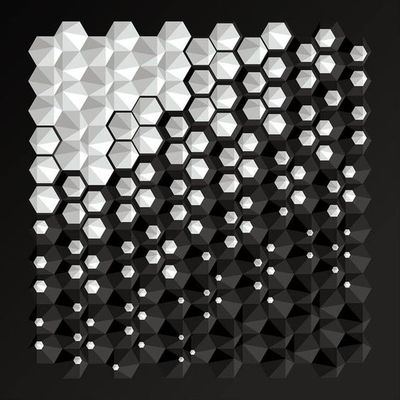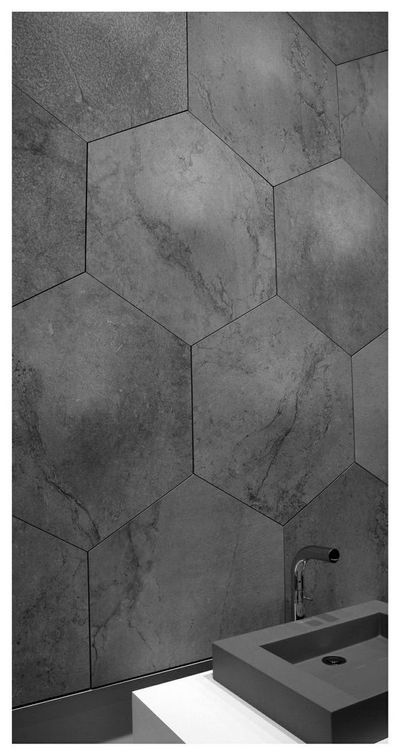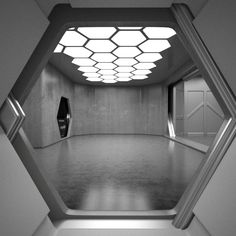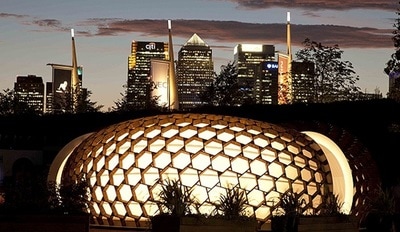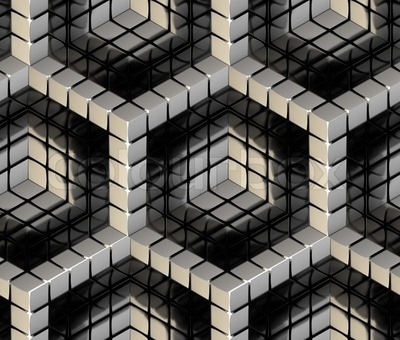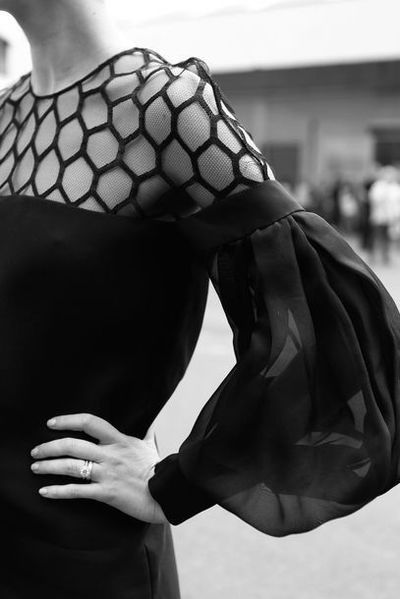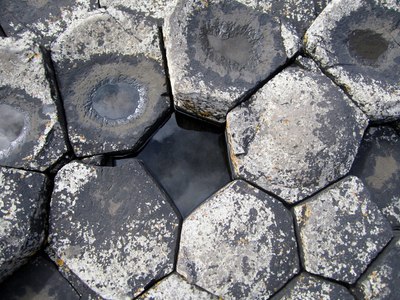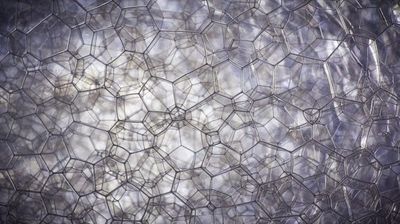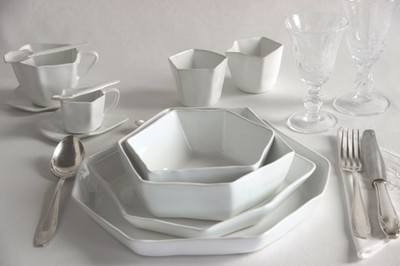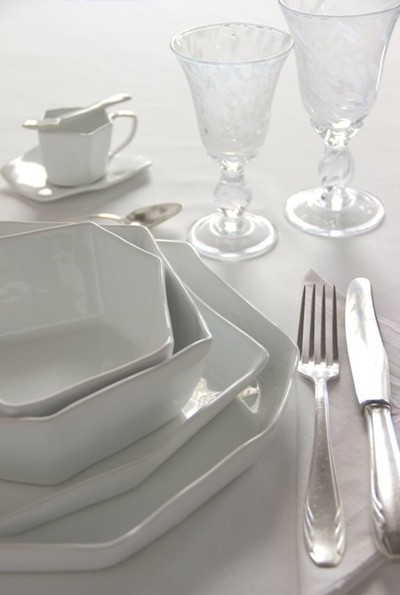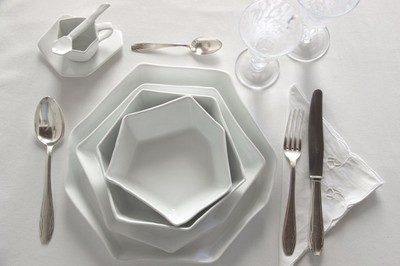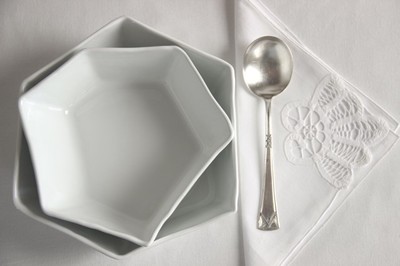Story of Polygonals
I have been flirting with the idea of a geometric design for quite some time now. The rigidity of it for me who loves fluid forms was the challenge. Doing something new and difficult was exiting. And as if most naturally, the shape of the hexagon surfaced from within me. It is not a very common geometrical shape, like the square or the circle, but then again it is all around us and we do not take notice.
It has traveled in history through tiles, fabric patterns, architecture to name a few and exists in nature as honeycombs, water crystals, diamond crystals, basalt columns, soap foam, organic molecules and the list goes on…It is the most space efficient shape and it is used in countless occasions. It has survived through the ages to be implemented from art deco’s elegant fashion, from rings to buildings in New York, all the way to this digital world of ours as the most futuristic shape to build a variety of unusual structures.
So my journey began here at the island I live in and take inspiration from. Sifnos is known for its beauty and architecture. The pavements that run throughout the ancient paths have this shape. Whitewashed fluid polygons contrast with the grayness of the stone. The shapes of the famous Cycladic houses, build in polygons out of necessity share the shape too. But it was a futuristic house build underground, again on a Cycladic island, that gave me the inspiration to do plates with sharp corners. And thus the new work in stoneware called “Polygon” emerged.
It is not a full hexagon, because as you know me, it has to be asymmetrical. Each plate, be it a dinner plate, a desert plate or anything else, has its own unique shape. And they all play together happily in shades and forms.
I am happy to have done this new work. It is very labor some and time consuming, more than any other work I have done but I really enjoyed it. I hope you will too.

